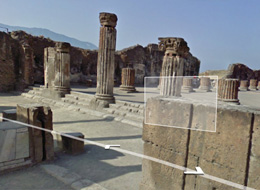Appearing in The New Yorker this week is an excerpt from David Foster Wallace’s unfinished novel, The Pale King. It begins:
Once when I was a little boy I received as a gift a toy cement mixer. It was made of wood except for its wheels—axles—which, as I remember, were thin metal rods. I’m ninety per cent sure it was a Christmas gift. I liked it the same way a boy that age likes toy dump trucks, ambulances, tractor-trailers, and whatnot. There are little boys who like trains and little boys who like vehicles—I liked the latter.
Continue reading the rest here. Also see this other previously published excerpt and some pages from DWF’s actual manuscript.
via Kottke.org
PS Is anyone having problems posting comments? If so, please shoot me a note at the email address above. I appreciate your help.
 The story of
The story of 
